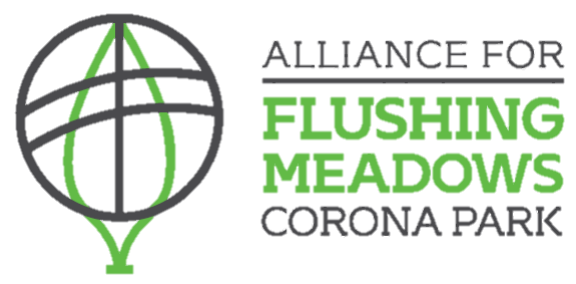Great Blue Herons and Native Habitats in NYC
/This blog post comes from AFMCP’s Natural Areas Stewardship Coordinator, Lee Hittner-Cunningham, who is serving our park in partnership with Americorps:
Walking around Meadow Lake, I’ve seen a great blue heron several times standing near the shore. While a single heron is a common sight in the park, you’re unlikely to see more than one at a time. During mating season, herons form pairs and nest in groups, building in secluded areas. Outside of mating season, they are solitary animals. Unlike herons, humans are a highly social species, but I find that the image of a heron, standing still and alone at the edge of the water, reminds me of the rewards of solitude. It can be hard to get time and space to yourself in the city, but one of the joys of a visit to the park is that here, you might get a chance to find a quiet spot to sit or stand by yourself, to decompress, reflect, and enjoy nature, solitary as a heron.
These wading birds can be found throughout most of North America in wetlands, in coastal areas, and along inland bodies of water. Once threatened by hunting, great blue herons have made a comeback since the early 20th century, with numbers still increasing. But while herons are thriving, the wetlands where many of them live are threatened by water pollution, invasive species, drainage, and more. Once used as a landfill, Meadow Lake is now a protected natural, home to many marsh-dwelling species, including the great blue heron. At the park, you can learn more about protection of wetlands and volunteer to help care for this important habitat.
If you are interested in volunteering at FMCP to help protect and preserve our native habitats for all local wildlife: please email fmcpstewardshipteam@gmail.com or check our calendar, which is regularly updated with public events.


